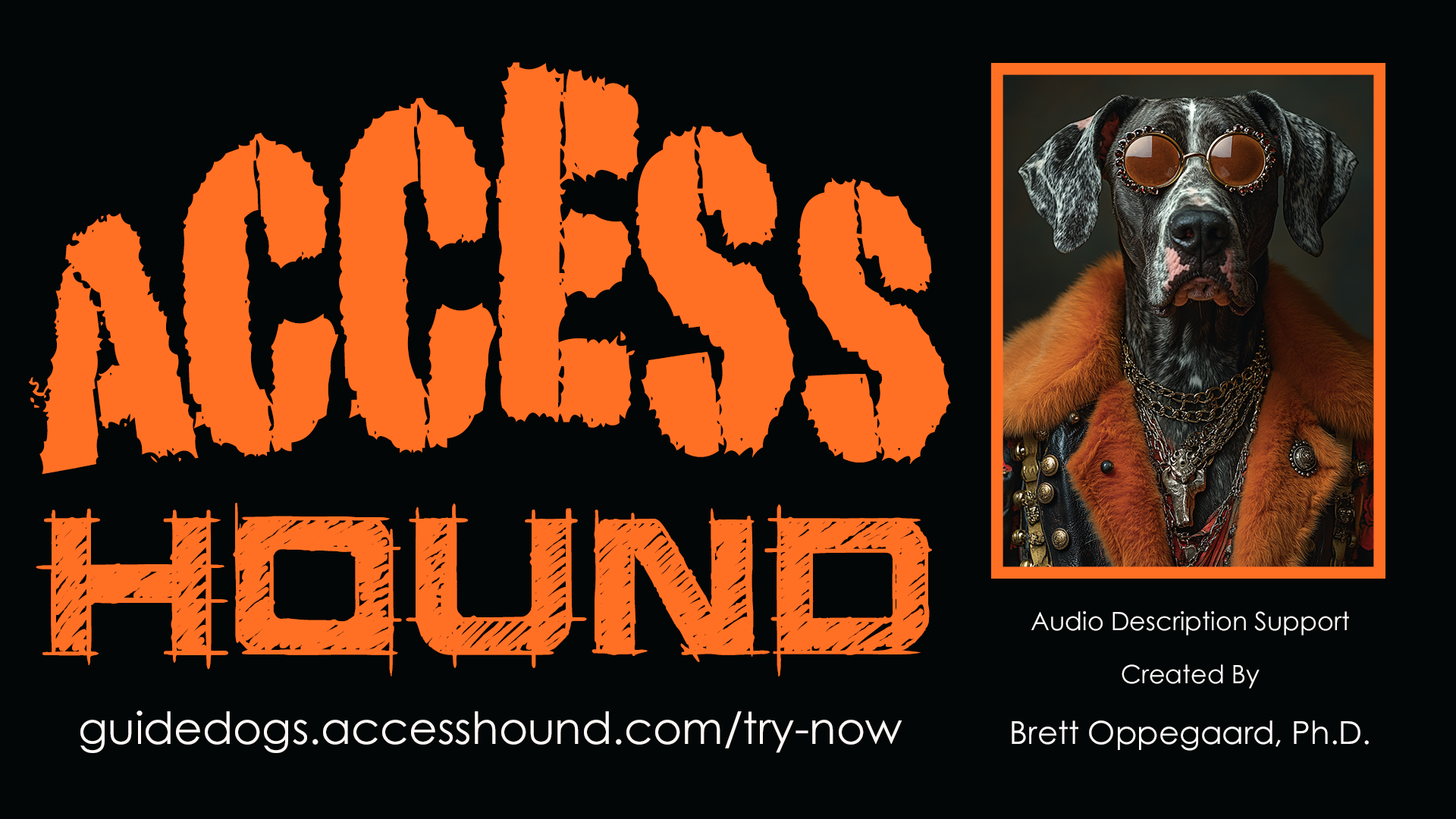Despite all of the talk of a purely capitalistic state, the American government (and American culture in reflection) actually is a hybrid of capitalism and socialism.
We love the lone-wolf capitalistic narratives more, and build most of our stories around those, many founded on the Horatio Alger myth of being able to work hard and pull ourselves up in society by our bootstraps. Yet some of the greatest benefits of being an American are a near-guarantee of Social Security, plus healthcare if you are elderly (for those 65 and older, Medicare) or poor (Medicaid). In the United States, we also have robust public schools (where most of our citizens get educated, from kindergarten to Ph.D., including M.D., J.D., Ed.D., etc.). We have pervasive public libraries, serving as centerpieces of communities. No one has to pay a user fee to play in a city park. Police and firefighters don't demand payment before they rescue you. Just about everywhere we go, we are driving on public streets, crossing public bridges, riding public transit, drinking public water, using public sewer systems, and so on.
What does this have to do with media accessibility and Audio Description (AD)? For Audio Description to be integrated fully into any society, it needs to become either a taxpayer-supported (i.e., socialistic) public requirement and service expectation, mandated by law and built with public funds, or, on the other end of the spectrum, a for-profit capitalistic endeavor. Or, of course, a combination of the two on a spectrum in-between those extremes.
AD already is required by law, but that requirement is lackadaisically enforced, at best. Section 508 of the Rehabilitation Act was passed in 1973, requiring equivalent media for people, no matter how well they hear or see. Layer upon layer of legal prescriptions have followed, locally, at state levels, at national levels, and at international levels that all basically assert the same human right, which is people should be included in public information and services, regardless of how they process it.
But, 50+ years later, no one would argue that any of these laws have had sharp teeth, or that the U.S. is a highly accessible place for blind people.
So I want to make the assertion next that even if we lived in the most barbaric capitalistic society possible, where the powerful make ALL of the rules, and every interaction is transactional and financial, Audio Description still would make sense to provide, because it easily could be integrated into existing design workflows, at a low cost (more on that coming soon), and its powers of inclusion are very high, for people who are blind, with low-vision, print dyslexic, or audio-oriented learners, even temporarily so, like when driving a car past a historic place or walking down a museum's hallways.
Meaning that inclusive and accessible media will equate to more people using the media. Full stop. If media use is primarily based on audience size and impact, size is directly related to inclusion, and impact is impossible without access. In this capitalistic paradigm, more people using your media means more money for you and your organization. In many ways, it's a mostly untapped capitalist's fever dream, in which the more accessible you make your media, the more people want to use it, and the longer they use it. Why wouldn't you want accessible media? ... Do you have too many customers or visitors already? Are they spending too much time with your media?
What is the "market" out there? Let's just focus on paying customers who are DeafBlind, blind, or with low-vision, leaving out people who are print dyslexic or audio-oriented learners (which are high-potential yet unproven markets for AD) and also people with other physical diversities, such as being Deaf, colorblind, a wheelchair user, etc., and neurodiversities, such as ADHD or autism.
The United States has about 330 million people right now, and, according to the American Foundation for the Blind, about 50 million Americans, or about 15 percent, "reported they either 'have trouble' seeing, even when wearing glasses or contact lenses, or that they are blind or unable to see at all." In both India and China, for comparison, about 275 million people in each, almost the entire population of the U.S. in both, have trouble seeing well or at all.
The International Agency for the Prevention of Blindness (IAPB) has created an amazing Vision Atlas that crunches numbers from place to place, all around the world, into all sorts of demographic and metrics of impacts, including the tabulation that annual productivity loss around the world due to sight loss is estimated at $410 billion.
Money makers, that means you are leaving $400+ billion on the table here that could be reclaimed with more measures of inclusivity. In fact, people with disabilities are estimated to be holding more than $2.6 trillion in disposable income, which is a relatively untapped emerging market considered by economists as one of the most promising growth areas of economies in the world.
From another persecutive globally, the World Health Organization estimates that there are 2.5 billion people (a number expected to grow to 3.5 billion by 2050, in a world of 8 billion people / 10 billion in 2050) who need some sort of assistive technology, i.e. Audio Description, to participate in societal activities. In both scenarios, that's about a third of all people. If you work at a company that has a global audience and millions of customers, adding even just 1 or 2 percent more of them equates to an economic bonanza for your organization. If your company makes money off of attention, more-accessible media, i.e., using Audio Description, equates to more-aligned, more-interesting, and more-engaging media. Interest and engagement in media equal more time with media. More time with media equates to more money, such as from advertisers. More-inclusive media, using AD, therefore directly will bring companies more money. What's the ROI (return on investment)? On the negative side of impacts, imagine how much one lawsuit will cost, and how much PR-damage it could cause, but on the positive side, like what we're talking about here, if accessibility gets designed into the products and services at the start of the design process, it's estimated to be 10 times cheaper than the waterfall end-of-product development remediation costs. And, you will have all of these new clients/customers who appreciate that you are ahead of the industry on this issue, building brand loyalty and longer-term relationships with the people you serve.
Any smart capitalist will understand intuitively that 30 percent more people buying your service or product is better than 30 percent fewer; plus, if you consider any sort of compounding factor with effects on family members and friends who also buy or do not buy with assistive technologies in mind, then that number could be even greater.
Considered on a spectrum of 30 percent more or 30 percent less (from a baseline of zero change and assuming the growth predicted), that could create a radical swing in our audience (as it grows and needs more assistive technologies) based on just the approach we all take toward our products and services in terms of making them fully accessible to everyone or only accessible to people who do not use assistive technologies.
Therefore, add Making More Money as a motivation to our list, and follow what we have so far:
10. Political motivation
9. Legal motivation
8. Personal motivation
7. Moral motivation
6. Ethical motivation
5. Organizational motivation
4. Artistic Expression motivation
3. Making Better Media motivation
2. Making More Money motivation
What's No. 1, coming next? ...





